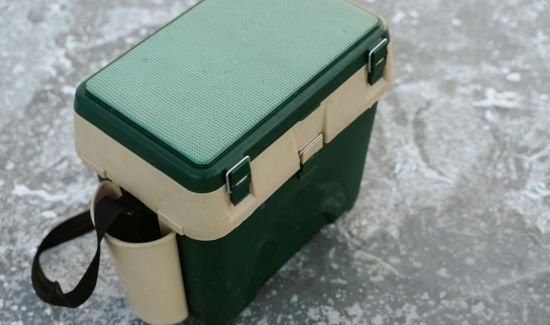
Working safely in the heat requires awareness, hydration, and smart planning to avoid heat-related illnesses—practices such as wearing breathable clothing. Using shaded areas And organizing friends can help reduce heat stress. As well as safety guidelines for runners. Adapting to hot weather helps keep everyone safe and productive in the workplace.
Table of Contents
1. Understanding Heat Risks on Job Sites
Thousands of workers develop heat-related illnesses from high temperatures yearly, especially in construction and outdoor industries. Heat stress can lead to serious conditions, such as heat exhaustion and heatstroke, and according to the CDC, more than 700 people lose their lives each year from heat-related causes. Understanding these risks and taking preventive measures helps reduce hazards, which creates a safer work environment for everyone. For more Safety Guidelines for Working in High Temperatures, planning is key.
2. Hydration is Key

Dehydration can happen very easily, especially when working in intense heat. Studies show that dehydration not only reduces productivity but can also lead to serious health issues if it is not addressed. According to OSHA, workers on outdoor job sites should drink water every 15–20 minutes to maintain hydration levels and stay safe. Following safety guidelines for Runners is essential for maintaining peak performance in hot conditions.
3. Dress for Protection, Not Style
Wearing the right workwear makes a big difference in staying cool and safe. Light-colored, loose-fitting, and breathable fabrics reduce heat retention and keep workers comfortable. OSHA advises that light cotton or moisture-wicking fabrics help keep body temperature stable in high-heat environments.
4. Schedule Smart Breaks

Taking strategic breaks, especially when the heat is at its peak, can prevent exhaustion. Research shows that taking breaks every hour significantly reduces the risk of heat-related illness. During extreme heat, taking a break every 45 minutes gives workers a chance to recharge so they can stay focused and alert.
5. Know the Signs of Heat Stress
Recognizing the early signs of heat stress can prevent serious health problems. Symptoms such as excessive sweating, nausea, and confusion should be addressed immediately. The CDC says paying attention to these signs can help avoid adverse effects. It can be serious And it is important to teach employees to recognize these symptoms.
6. Implement the Buddy System

Working in pairs in high-heat conditions can be a lifesaver. Having buddies allows workers to monitor each other’s well-being and react immediately if there is an issue. Many workplaces implement a buddy system to improve safety in extreme environments because a simple “buddy check” can make a big difference.
7. Use Cooling Gear
Thermal vests and hoods are becoming increasingly necessary for high-temperature work. These devices help reduce body temperature. Makes employees more focused and calm. Studies show that using cooling devices can significantly reduce heat stress. and help ensure employees are protected from heat-related health problems.
8. Take Advantage of Shade

Working in shaded areas Especially during rush hours Heat exposure can be greatly reduced. The EPA recommends shaded rest areas to reduce the risk of heat exhaustion. The shade acts as a barrier. It creates a temporary cooling effect that helps maintain a constant body temperature during rest.
9. Limit Caffeine and Alcohol
Caffeine and alcohol can cause dehydration and aggravate heat sensitivity. Both drinks can make it harder to regulate your body temperature and increase dehydration. Workers should instead choose water or beverages containing electrolytes, especially on hot days. To avoid these risks
10. Build Heat Acclimatization Gradually
Starting physical exertion at high temperatures only after the enema is ready is dangerous. According to the CDC, workers should gradually Safely develop heat tolerance in 7–14 days. This progressive approach helps the body safely adapt to heat. and minimize unexpected heat-related incidents.
11. Emphasize Emergency Preparedness
Having an emergency plan during heat illness can be very helpful. Employers should instruct employees on first aid procedures, such as icing the worker with cold compresses until medical help arrives. Team members who receive rapid response training are guaranteed to be able to respond effectively to emergencies.
12. Conduct Heat Safety Training Regularly
Regular training helps keep employees up to date on safety practices for working in hot environments. OSHA recommends annual refresher training to enhance knowledge and preparedness. These sessions include reminders and tools to help you deal with the heat with confidence and safety.




